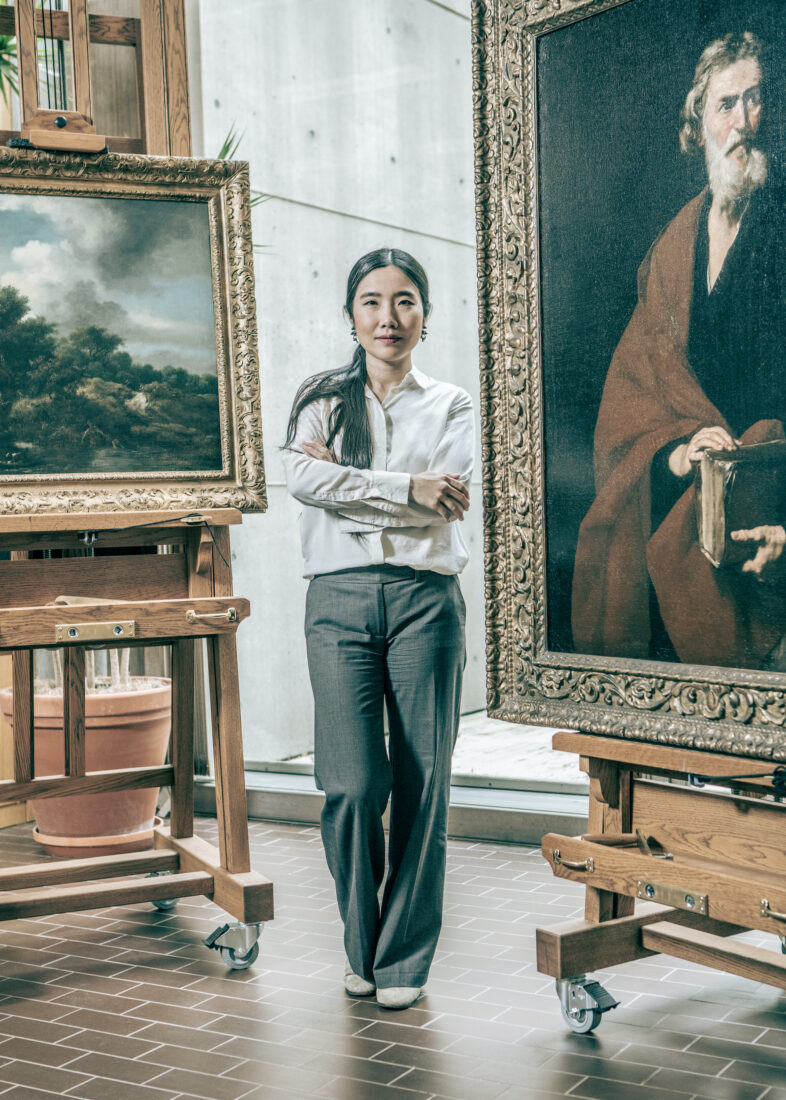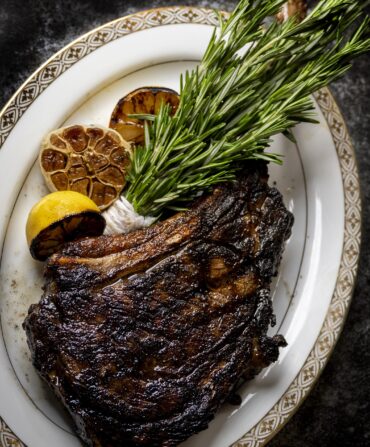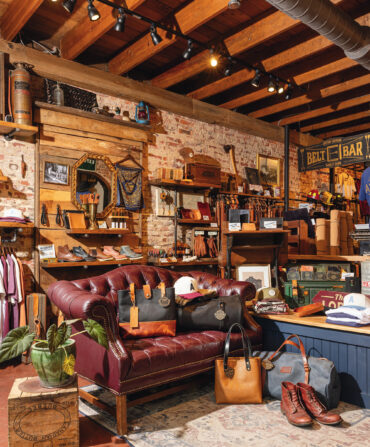When Shan Kuang began pursuing a degree in chemistry at Yale, she planned to go to medical school, but she just couldn’t shake her passions for art and history. “I was never sure how to incorporate it all until I discovered art conservation,” Kuang says. “It’s a rather niche field, though. It might have been easier to become a doctor.”

Undeterred, she landed a spot in the highly selective two-person master’s program at the University of Cambridge and completed her postgrad internship at the National Gallery of Art in Washington, D.C., with work stints at other prestigious institutions such as the Royal Collection Trust in London. Equal parts scientist, artist, and detective, Kuang, while working for the Samuel H. Kress Collection at NYU’s Institute of Fine Arts, was a member of the team that helped reattribute a discredited Rembrandt—a discovery that delighted the small Pennsylvania museum that owned the seventeenth-century portrait and grabbed global headlines.
Two years ago, Kuang left New York for Fort Worth, where she joined the esteemed conservation team at the Kimbell Art Museum as its conservator of paintings. “Even in New York, people were talking about the Kimbell,” Kuang says. “Really every object in the collection is a stand-alone masterpiece. My colleagues from Europe, who are well acquainted with special collections like the National Gallery London and the Louvre, come here and are also awed.” In the Kimbell’s conservation lab, Kuang works alongside chief conservator Peter Van de Moortel on the standout in-house collection, which includes a Michelangelo and Monets, but also on paintings from other institutions. Recently, she restored a sixteenth-century piece by the Italian artist Girolamo Romanino for the Memphis Brooks Museum of Art.
Technology continues to open new doors within the field. Advancements like macro-XRF scanners and infrared cameras, for instance, allow conservators to nondestructively examine entire works, potentially revealing hidden paintings beneath. “It’s almost like going back in time and peeking over the artist’s shoulder,” she says. While these developments are exciting, Kuang’s approach remains decidedly old-school: “I think an art conservator’s greatest asset is our own eyes.”
Read more about the South’s new slate of artists, curators, preservationists, movers, and makers in Art’s Rising Vanguard.








